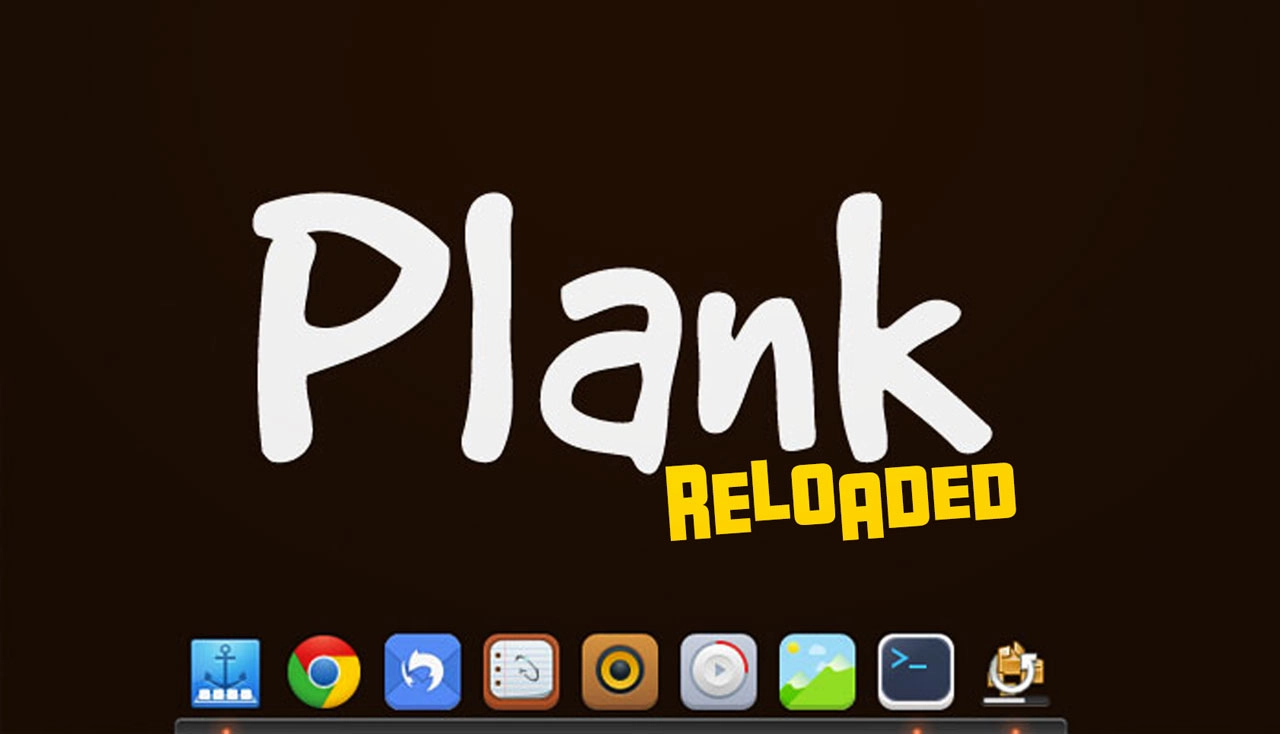At one point, Linux dock applications were abundant, featuring innovative tools like GNOME Do/Docky and visually impressive solutions such as AWN, DockBarX, and Cairo Dock. However, the unassuming Plank dock has endured and outlived many of its competitors.
Despite still functioning, the original Plank dock hasn’t received any major updates in years. One developer decided it was time for a change and has introduced Plank Reloaded, a new fork of the original dock that enhances compatibility specifically for the Cinnamon desktop environment.
Plank Reloaded retains the simplicity of its predecessor, aiming to be the most user-friendly dock available with essential functionalities. The original version of Plank continues to be maintained but lacks significant development efforts since 2016, except for occasional compatibility updates to keep up with new Linux distributions.
This fork focuses on improving APIs, Docklets, and theme options for use within Cinnamon. New features in Plank Reloaded include enhanced Docklets with added features such as calendar displays and improved battery integration. Additionally, two new themes have been introduced to better align with the Cinnamon interface.
For those eager to try Plank Reloaded, it has recently had its first public release, available for Ubuntu Cinnamon and Linux Mint users. It’s important to uninstall the original Plank before proceeding with the new installation.
Install it by removing the previous version:
sudo apt remove plank libplank-common libplank1You can download the latest DEB packages from the GitHub project page. Once installed, it will appear at the bottom of your screen, and the settings can be accessed by right-clicking on an empty part of the dock.
While testing in Linux Mint, Plank Reloaded performed reliably, showcasing the new battery docklet, although some issues like duplicated application entries were noted. With an active developer behind the project, Plank Reloaded promises potential for future enhancements, including possible Wayland support as Cinnamon continues to develop its support for this display server.
For more details and to keep updated on further improvements, visit the project repository.
